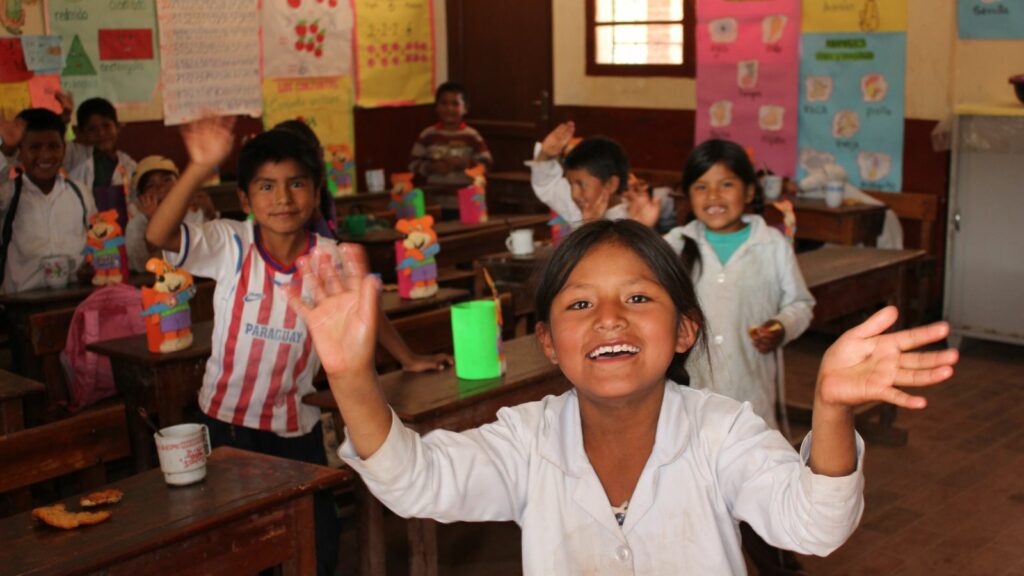As the world spins faster with advancements in technology, education isn’t left behind. The landscape of learning is constantly evolving, introducing new trends that shape the way we impart and receive knowledge. This article will delve into the latest trends in education, offering a glimpse into the future of learning.
From digital classrooms to AI-driven learning tools, the education sector is embracing change at an unprecedented pace. These trends are not only transforming the way we educate but also how students absorb and process information. Stay tuned as we explore these exciting developments in the world of education.
Tends in Education
Diving into specifics, let’s delve into two ground-breaking trends in the realm of education technology: Virtual Reality (VR) and Artificial Intelligence (AI) driven personalized learning. These innovative technologies bring forth fascinating possibilities in the education sector, pushing the boundaries of conventional teaching and learning methods.
No longer a sci-fi dream, VR is altering classrooms into immersive learning environments. As a tool for education, VR offers a hands-on learning experience, allowing students to explore 3D worlds and complex concepts that are otherwise hard to visualize. For instance, it allows students of astronomy to experience a space walk, transforming theoretical knowledge into an interactive adventure. By doing so, VR in education fosters a deeper understanding, enhancing engagement and knowledge retention in learners.
AI and Personalized Learning
Artificial Intelligence isn’t a stranger in today’s classrooms. It’s steadily carving a substantial niche by tailoring personalized learning paths for students. AI systems, by analyzing individual learning styles and pace, adapt teaching materials to meet unique student needs, reducing the one-size-fits-all approach of traditional learning methods. An example of this is adaptive learning platforms – these tailor education material based on a student’s performance and understanding level, making learning a more engaging and personalized process. Thus, AI’s role in education extends beyond automation, emphasizing individual learning differences and fostering a more inclusive learning environment.
The Shift Towards Remote and Hybrid Education Models
Emerging from the backdrop of advanced technologies changing the landscape of education, the shift towards remote and hybrid models signifies another compelling trend. Marked by increased flexibility and broader access to education, it does, however, bear its own set of challenges.
Flexible learning environments, inclusive of remote and hybrid models, offer distinct advantages. Foremost among these is the provision for personalization. Students can learn at their own pace, making the process a tailored fit rather than a standard mold. Flexible models also break down geographical barriers, allowing students from various locations to access quality education. Additionally, they lend themselves well to the integration of advanced technologies like VR and AI—a proven boon for personalized and immersive learning.
Contrasts exist, though, with key challenges to consider in remote and hybrid education models. An important one is maintaining student engagement. With less face-to-face interaction, it can be harder to keep learners motivated. Also, it requires a higher degree of self-discipline from the students. Buffering this, high-quality, immersive content aided by VR and AI can provide some mitigation. The onus is also on educational systems to devise effective strategies overcoming these challenges.
The Role of Social-Emotional Learning (SEL)
A key trend in education, Social-Emotional Learning (SEL) figures prominently in shaping the present and future of learning realms. It’s an aspect integral to comprehensive learner growth and development.
Embracing SEL requires a holistic approach, fundamentally woven into the entire academic fabric. Schools have started integrating SEL into their curriculums, intertwining it with academic skills. They are accomplishing this by cultivating socially and emotionally supportive learning environments that complement traditional academic learning.
Impact on Student Success
SEL holds significant sway over student success, transcending merely academic achievements. Research from the Collaborative for Academic, Social, and Emotional Learning (CASEL) reveals tangible benefits. For instance, students exposed to SEL programs showed an 11-percentile-point improvement in achievement tests and illustrated better social and emotional skills than their counterparts.




